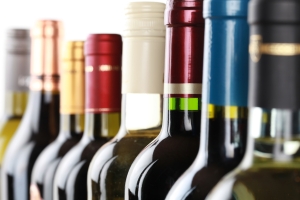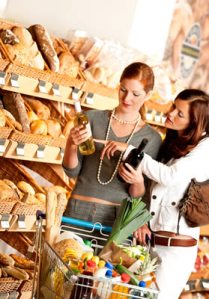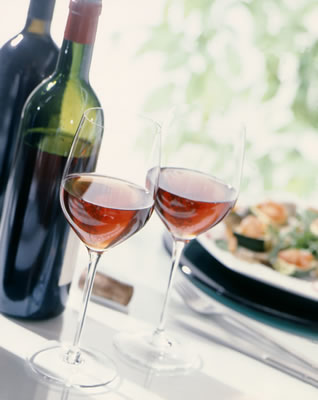 If you’ve taken your TAM® Card training, you know that all alcoholic beverages are not created equal. A standard serving size means 12 ounces of beer with 5% alcohol, 5 ounces of wine with 12% alcohol, and 1.5 ounces of 80-proof spirits, which are 40% alcohol by volume. This calculation helps when you are observing your guests for increasing signs of intoxication. You can easily estimate how much alcohol they have consumed and act accordingly to keep things safe.
If you’ve taken your TAM® Card training, you know that all alcoholic beverages are not created equal. A standard serving size means 12 ounces of beer with 5% alcohol, 5 ounces of wine with 12% alcohol, and 1.5 ounces of 80-proof spirits, which are 40% alcohol by volume. This calculation helps when you are observing your guests for increasing signs of intoxication. You can easily estimate how much alcohol they have consumed and act accordingly to keep things safe.
However, it is becoming increasingly common for wines to have a higher than standard amount of alcohol by volume (ABV). Maybe you’ve noticed it yourself when opening a bottle of wine for patrons, but the standard 12% ABV isn’t always the norm. As reported by Health 24, it’s not uncommon for many wines to now register at 14-15% ABV, which throws off calculation on a standard five ounce serving.
Additionally, as reported by FWx, a new study suggests the ABV listed on a wine label might not be correct. The study indicated that nearly 60% of the 100,000 bottles tested came back containing a higher percentage of alcohol than was listed on the label. The average overstatement was roughly 0.42%, which might not seem like a lot. But, it could still lead hospitality professionals and guests to underestimate the amount that has been consumed, and put them at risk.
With variations like this, it’s easy to see how patrons can easily consume more alcohol than they intended to, and much more quickly reach unintended levels of intoxication.
So what does this mean for you as a service professional?
- Read the labels and be knowledgeable about alcohol levels in the products you offer. If you have a bottle of wine or a microbrew on the menu with high ABV, consider including the alcohol percentage on your menu. A server can also mention the higher than average alcohol content to any guests ordering that beverage. A simple, “Here’s your beer. Just so you are aware, this particular bottle has a 10% alcohol level, so this is about double the standard alcohol serving,” would be appropriate.
- When serving and observing guests, don’t just consider a drink’s potency, consider the serving size. If you’re offering bottle service, it is very important to keep an eye on guests and keep a tally of how much they are consuming. And even if you are serving a standard 12% wine to a guest, if they are ordering a tasting sampler with three 3oz glasses, or a larger 7oz pour, then this is still delivering more alcohol than one standard single serving.
To learn more about safe beverage service and any warning signs to watch out for in guests, complete an alcohol awareness course with TAM® of Nevada.


